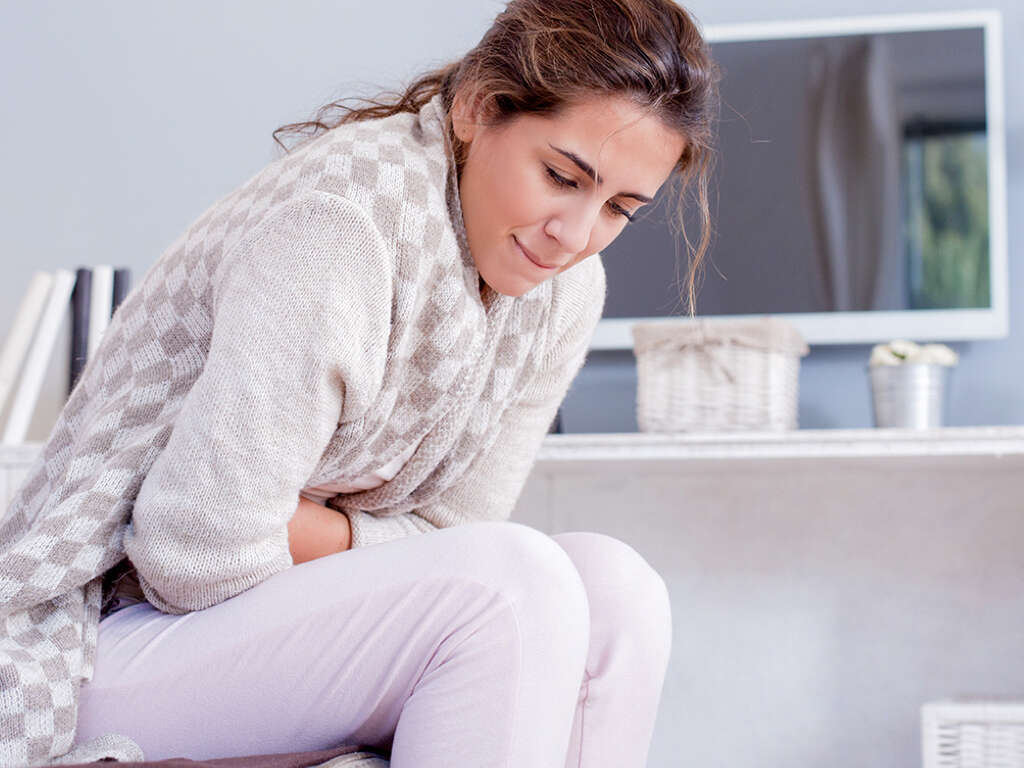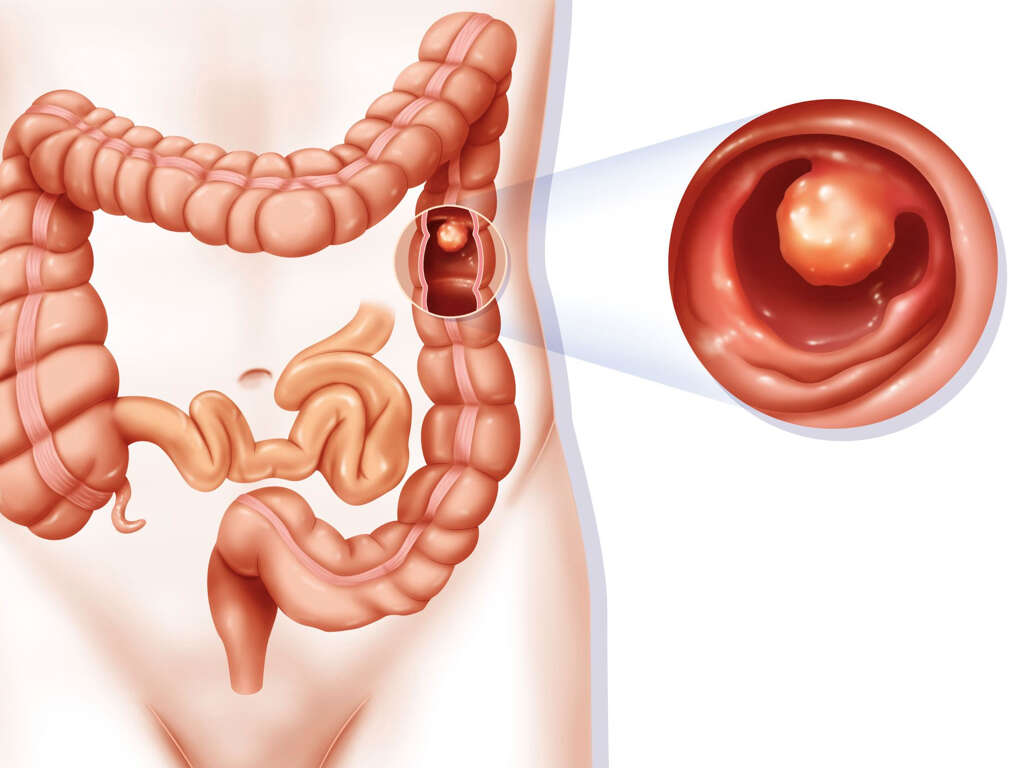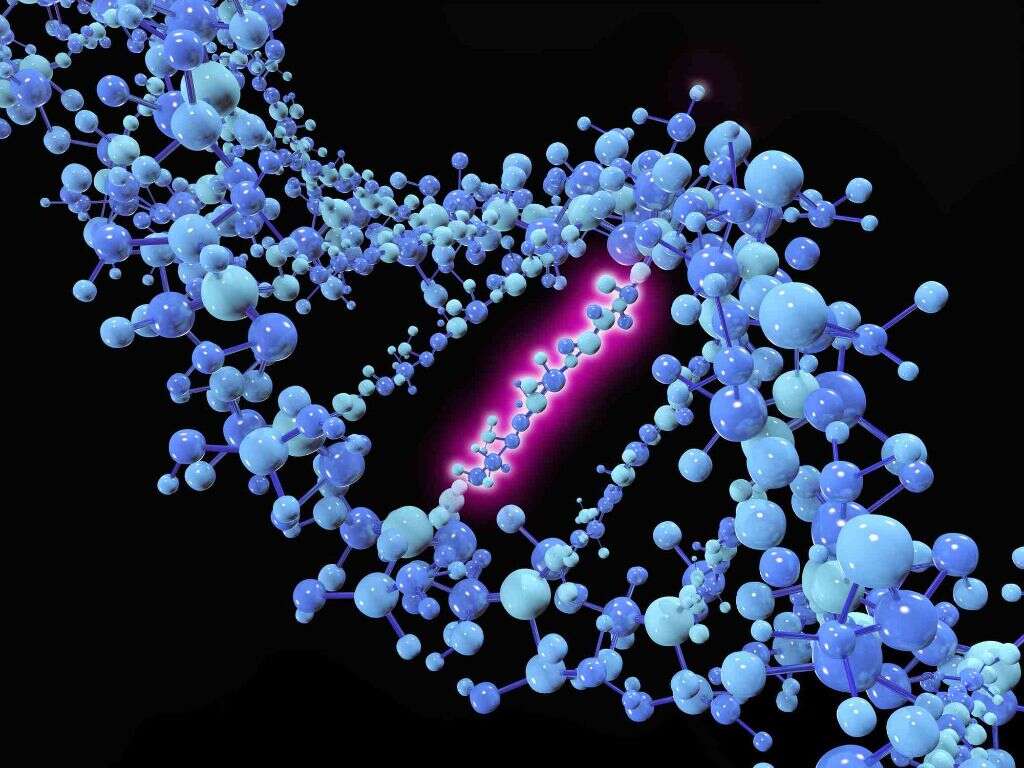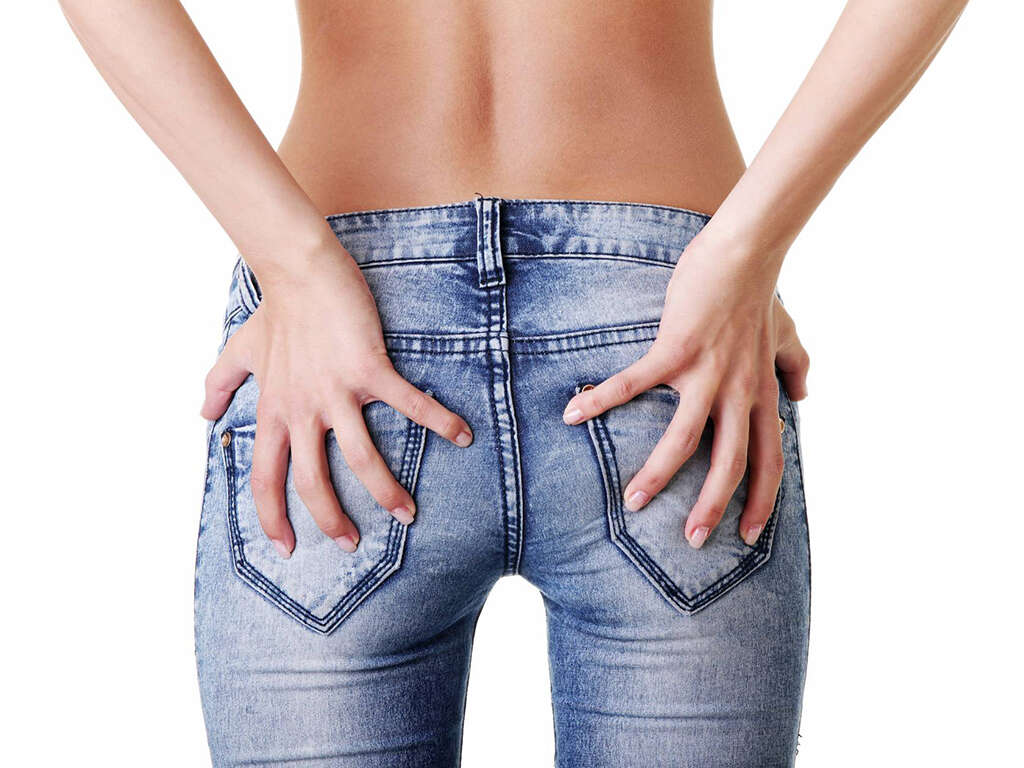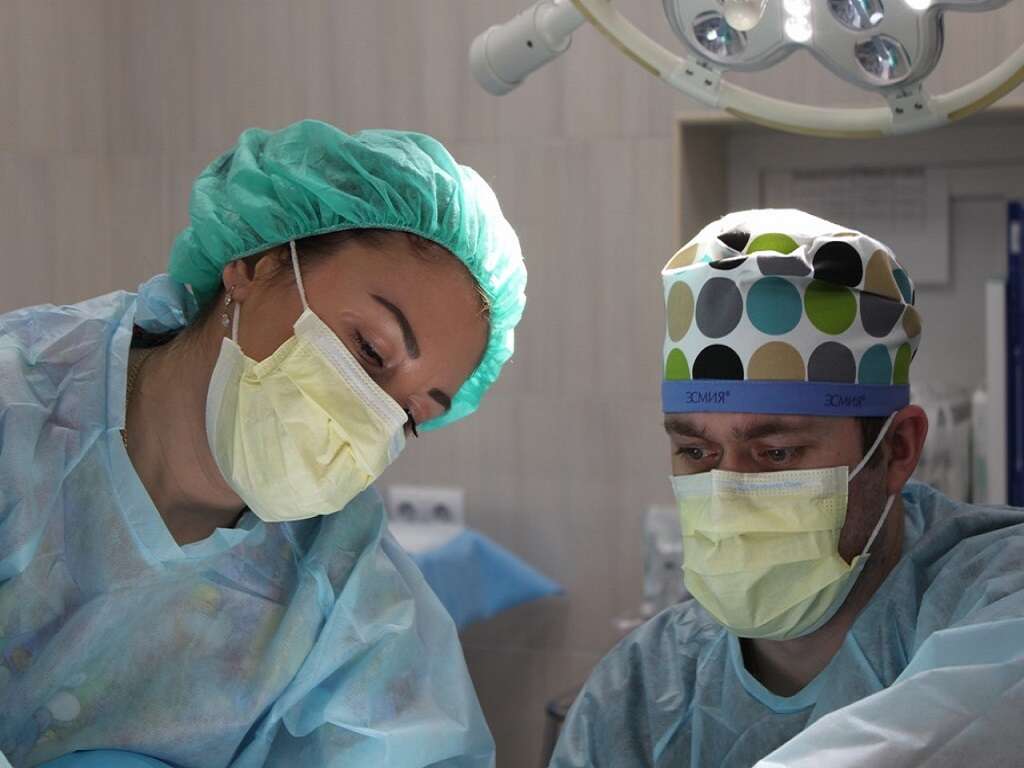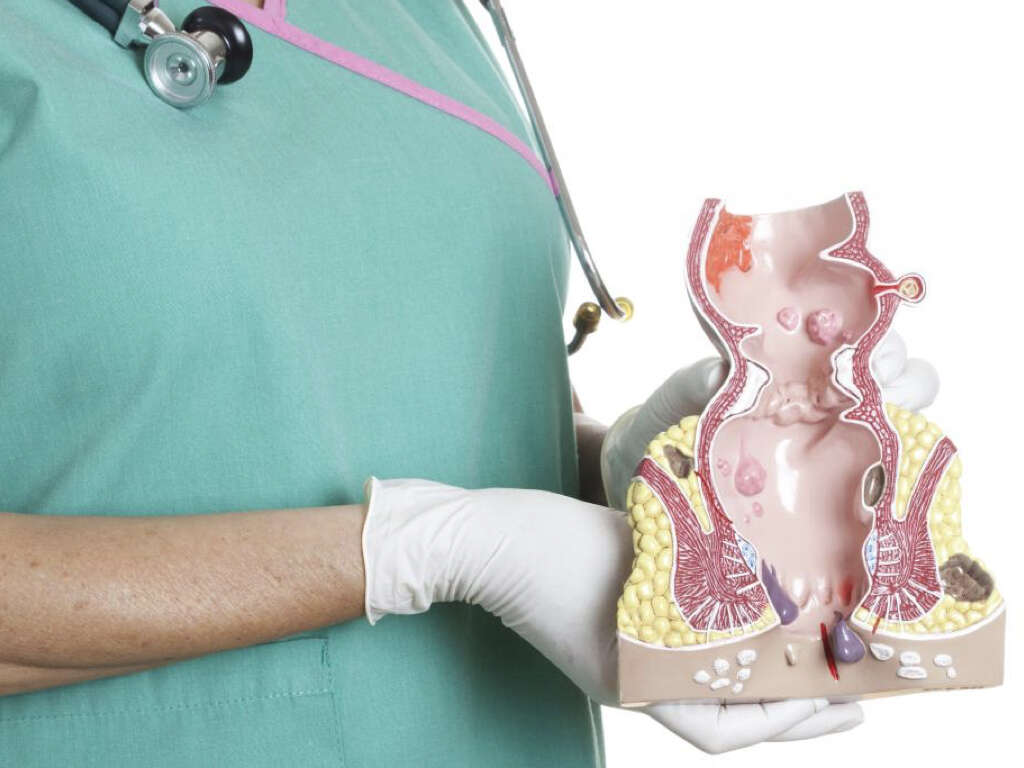10 Hemorrhoids Symptoms
Hemorrhoids, which are also referred to as piles, are an uncomfortable and unpleasant condition that affects the anus and the rectum. A hemorrhoid occurs when one of the veins in these areas swells, causing discomfort, pain, and other symptoms. The condition is similar to varicose veins, which usually affect the lower limbs.
Hemorrhoids can be caused by a number of different things. In fact, so many different things can contribute to hemorrhoids that it’s often difficult to identify exactly what causes them for each patient. Something as simple as straining too hard during a bowel movement can contribute to a hemorrhoid, but they can also be indicative of a different problem. Hemorrhoids can be located both internally (an internal hemorrhoid) or externally developing under the skin by the anus (an external hemorrhoid). Both types are quite common, and nearly 75% of all adults in the United States will experience at least one hemorrhoid in their lives. Many people experience them quite frequently.
Some people report that their hemorrhoids don’t actually cause them to experience any symptoms, whereas other people report various symptoms such as itching and discomfort. Sometimes, people develop a clot in their hemorrhoid, and while these are not extremely dangerous, they can be very uncomfortable and may need to be lanced and drained by a professional. For less severe hemorrhoids, there are still many treatments available. Some people experience relief by using simple over-the-counter ointments, and many people report success after making simple lifestyle changes.
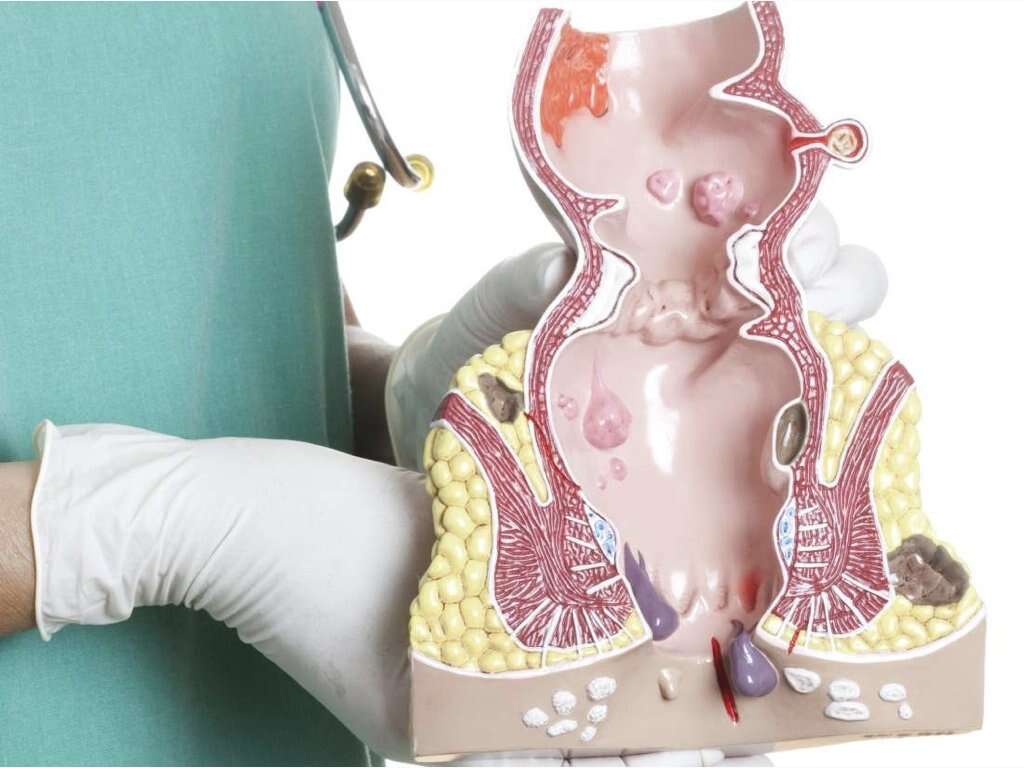
Symptom #1: Blood in Bowel Movements
One of the more common symptoms of a relatively serious hemorrhoid is blood in your bowel movements. The bleeding is usually painless, and often only spots appear on the toilet paper or in the toilet.
It’s important to note that while the bleeding itself does not immediately signify the need for medical attention, it can create a risk for developing infections. Care should be taken to keep the area clean.
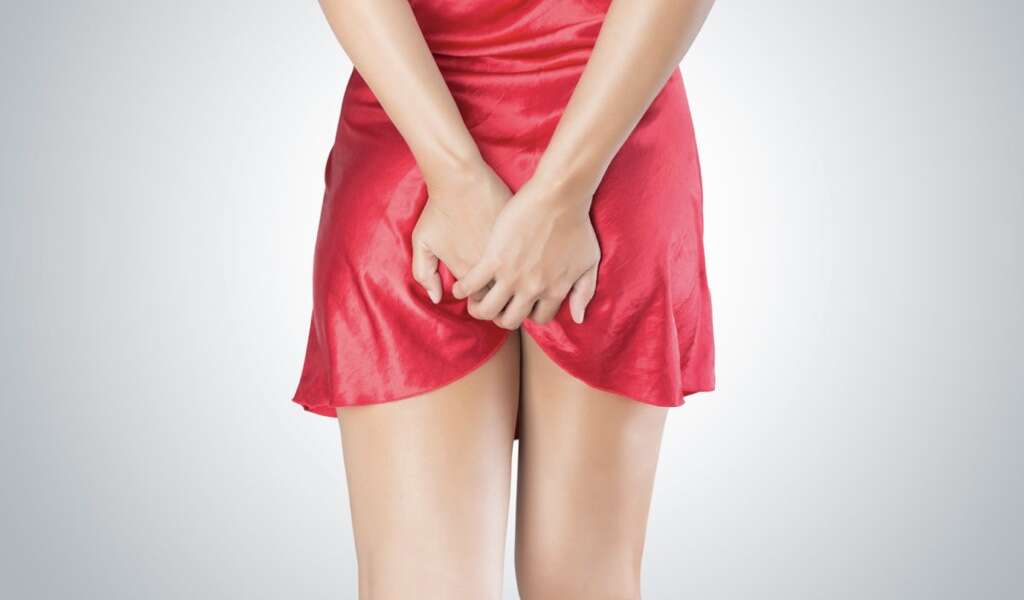
Symptom #2: Itching
One of the most frequent symptoms of a hemorrhoid is itching of the anus or in the region. The itching can persist for as long as the hemorrhoid does and tends to subside after the hemorrhoid has receded.
Topical treatments can help to alleviate the itching for the duration of the hemorrhoid, which can improve a patient’s quality of life.
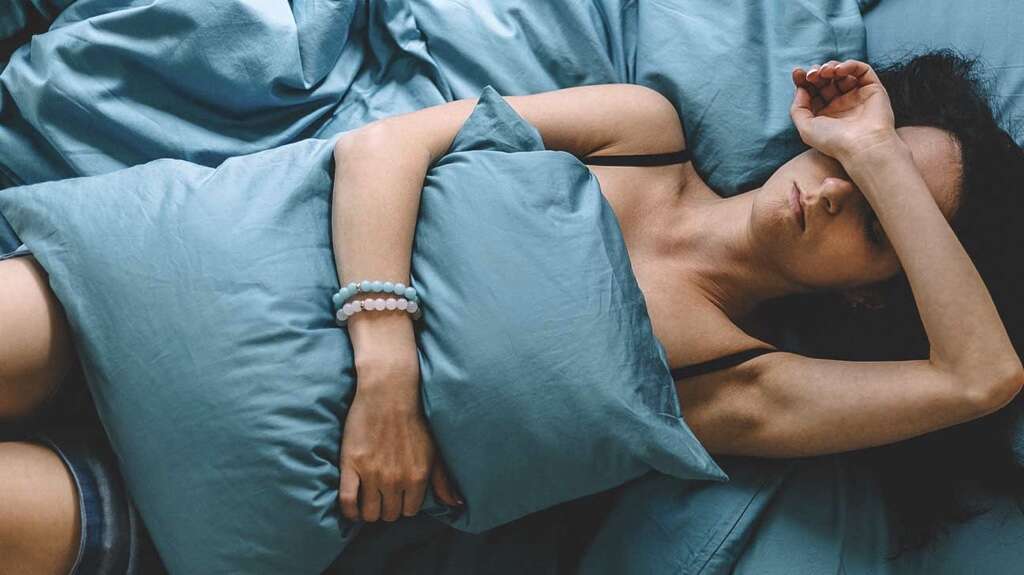
Symptom #3: Pain
Not all hemorrhoids are painful, but some of them are. If your hemorrhoids are painful, this can be an indication that they are larger or more serious than normal. More care should be taken to treat them properly if you are experiencing pain.
This is particularly true if you are experiencing pain when you are not using the toilet. It’s not uncommon for people to experience pain in the region when they are having a bowel movement, but if the pain persists for the rest of the day then it can be a sign that you need treatment.
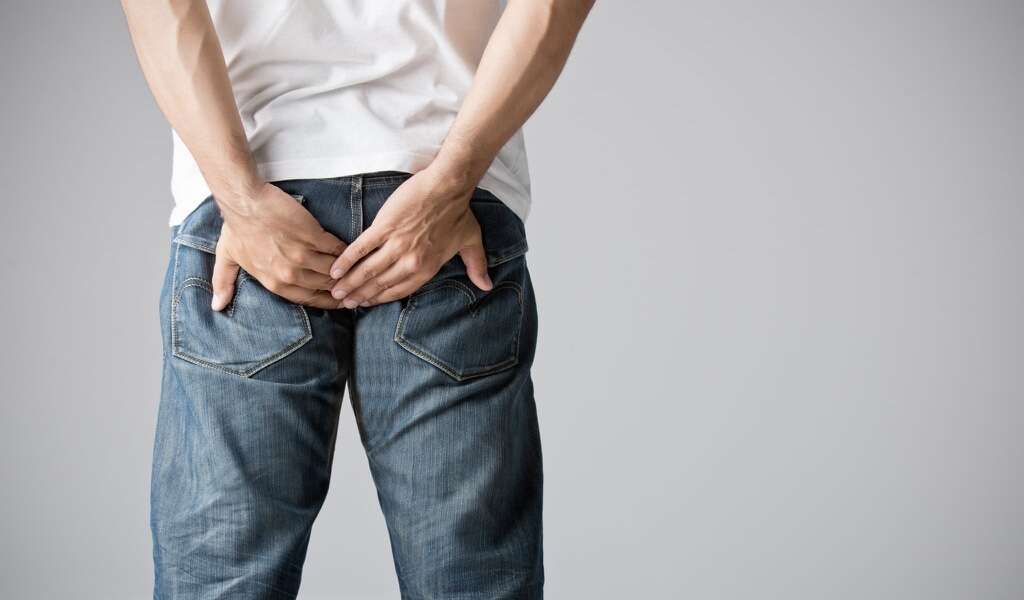
Symptom #4: Irritation
Irritation and discomfort are quite common among people who are struggling with hemorrhoids. Both internal and external hemorrhoids are known for causing irritation and itching. External hemorrhoids can be less difficult to deal with because the affected area can often be soothed with topical treatments; internal hemorrhoids can be harder to manage.
Irritation and discomfort are often much more apparent when the patient is having a bowel movement, but it’s not uncommon for a patient with a serious hemorrhoid to be bothered throughout the day. Irritation can be sporadic or consistent depending on the type and severity of the hemorrhoid.
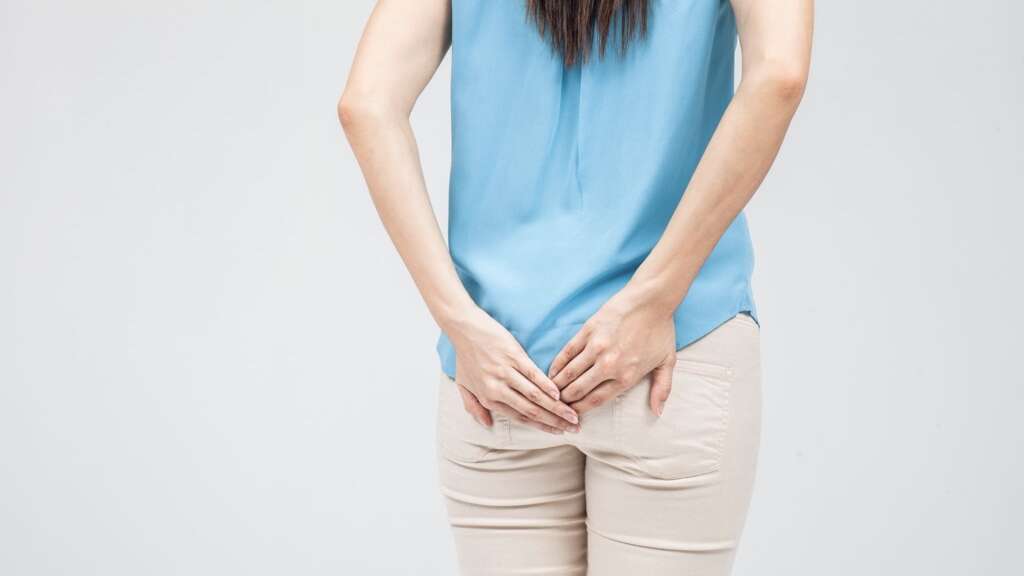
Symptom #5: Swelling
Some hemorrhoids can cause swelling in or around the anus. The hemorrhoid itself can be the cause of swelling as it pushes against the skin of the anus or the rectum. In this case, there is nothing to worry about aside from taking regular precautions regarding your hemorrhoid.
However, if there is swelling along with pain, discomfort, and possibly bleeding, this can be an indication that the hemorrhoid has become infected. This could mean that it’s time to seek medical attention.

Symptom #6: A Lump
Some hemorrhoids are actually apparent when the area is looked at. In these cases, the hemorrhoid often appears as a small lump near the anus. This lump is usually irritated or itchy, and can be managed by applying topical hemorrhoid cream.
A lump can also be an indication of a thrombosed hemorrhoid, which is a hemorrhoid with a blot clot. Blood clots can occur in both internal or external hemorrhoids; however, the lump will typically be able to be viewed from the outside of the anus.

Symptom #7: Constipation
In some cases, people may develop hemorrhoids that are so large that they affect the person’s ability to pass stools. This is not common, but occurs when the hemorrhoid actually obstructs the anus or the rectum, making it harder for stools to pass through. This can also occur if the area becomes infected and swollen.
In some cases, taking laxatives can help to loosen up the stool so it passes through. However, the most important thing to do in this situation is to maintain proper hygiene and seek help from a medical doctor or other professional. It should be noted that constipation also is a common cause of hemorrhoids and so being constipated with hemorrhoids will only exacerbate the problem.

Symptom #8: Anemia
One problem that can emerge as a result of serious hemorrhoids is anemia. This is very uncommon; however, people who experience serious, chronic hemorrhoids may develop anemia as a result of the constant blood loss.
Patients with anemia don’t have enough healthy blood cells to properly transport oxygen throughout the body. This makes them prone to muscle weakness, fatigue, and other symptoms.
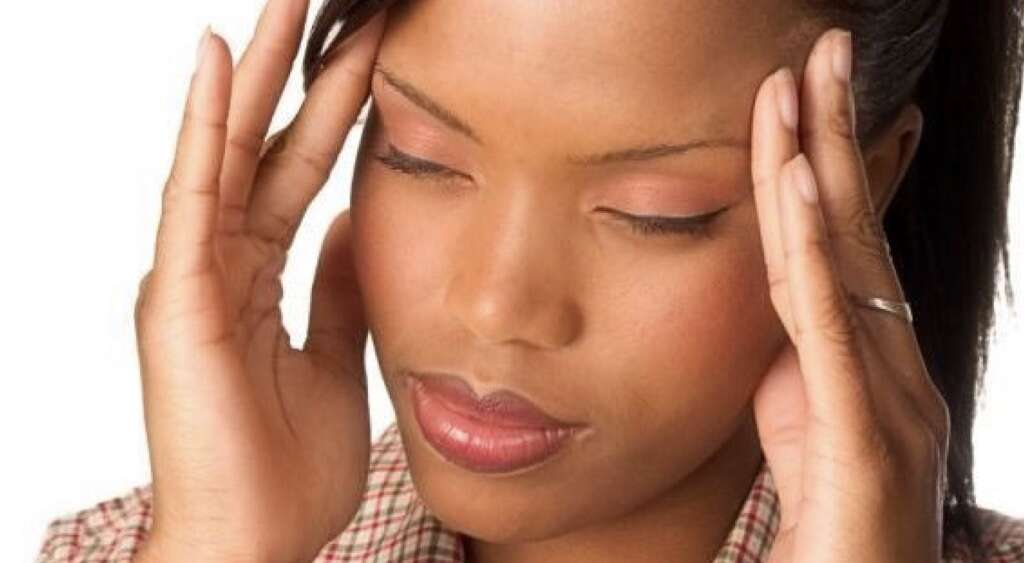
Symptom #9: Strangulation
Strangulation of a hemorrhoid is uncommon but can be incredibly painful. Strangulation occurs when the blood supply to an internal hemorrhoid is cut off. Seeking urgent medical help is typically recommended.
This can make the hemorrhoid much more difficult to treat and can also vastly decrease the quality of the patient’s life.
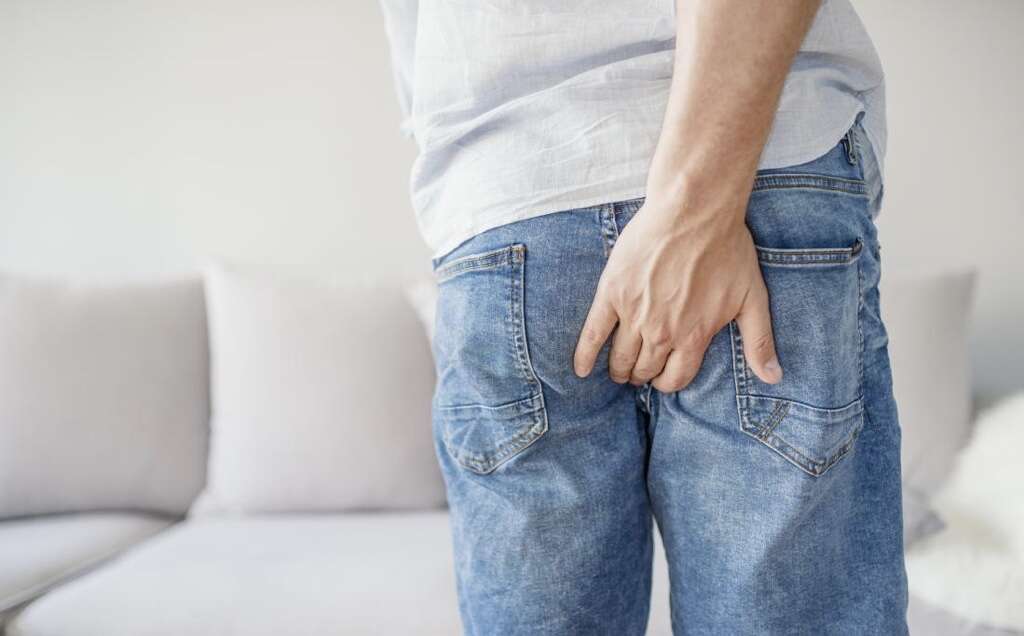
Symptom #10: Leakage
Another thing that patients with hemorrhoids may experience is anal leakage. This can occur as a result of either an internal or external hemorrhoid, and can make it difficult for the patient to perform daily tasks like bending or jumping.
In this case, it’s important to maintain proper hygiene. It can be helpful to wear a disposable diaper until the hemorrhoid has passed to help avoid any unnecessary messes.




